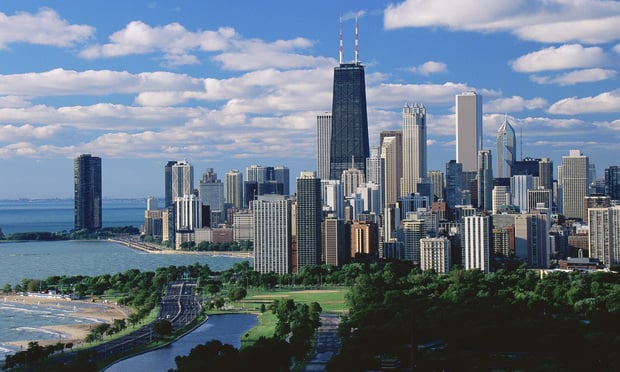CHICAGO—On the surface, it may look like industrial tenants in the Chicago region took a bit of a breather in the third quarter. Leasing volume in the past three months totaled about 5.2 million square feet, or about two million square feet less than in the second quarter, according to a report from JLL. But experts say the market probably still has enough demand to absorb the roughly 15 million square feet that developers have under construction.
“We've had a little bit of a blip this year,” John Picchiotti, managing director and Chicago industrial brokerage lead for JLL, tells GlobeSt.com. However, “supply and demand are still in balance.”
He points out that of the 19.5 million square feet of new construction completed year-to-date, build-to-suits account for 8.5 million square feet, or about 45%. “That shows discipline on the part of developers.” In previous development booms, speculative buildings would account for up to 75% of the total.
Recommended For You
Want to continue reading?
Become a Free ALM Digital Reader.
Once you are an ALM Digital Member, you’ll receive:
- Breaking commercial real estate news and analysis, on-site and via our newsletters and custom alerts
- Educational webcasts, white papers, and ebooks from industry thought leaders
- Critical coverage of the property casualty insurance and financial advisory markets on our other ALM sites, PropertyCasualty360 and ThinkAdvisor
Already have an account? Sign In Now
*May exclude premium content© 2025 ALM Global, LLC, All Rights Reserved. Request academic re-use from www.copyright.com. All other uses, submit a request to [email protected]. For more information visit Asset & Logo Licensing.









